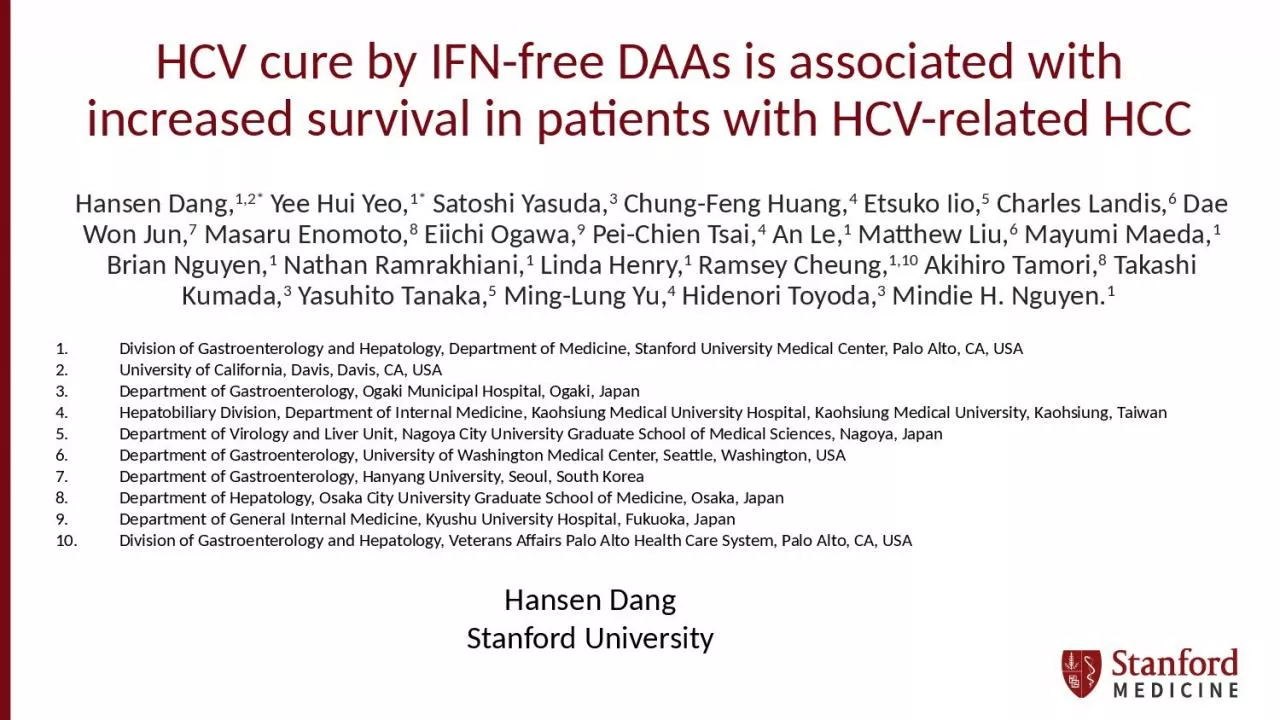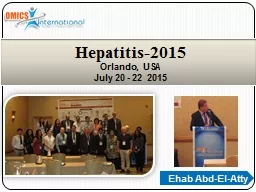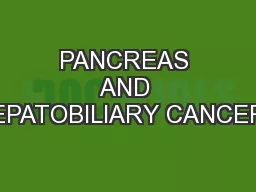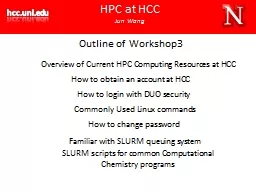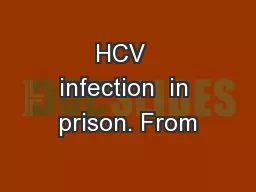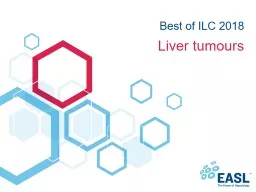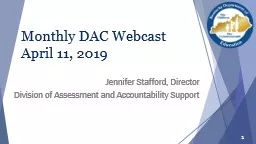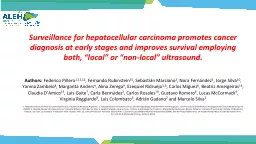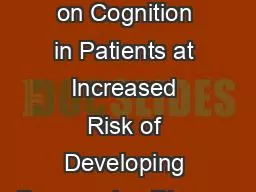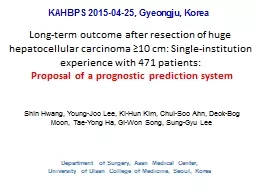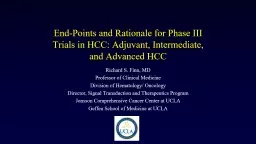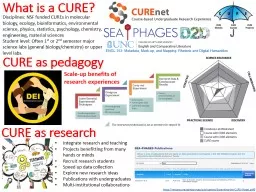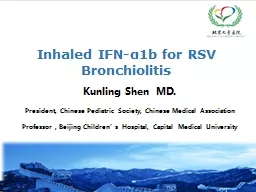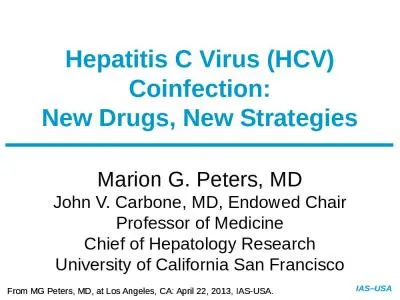PPT-HCV cure by IFN-free DAAs is associated with increased survival in patients with HCV-related
Author : jovita | Published Date : 2024-02-09
Hansen Dang 12 Yee Hui Yeo 1 Satoshi Yasuda 3 ChungFeng Huang 4 Etsuko Iio 5 Charles Landis 6 Dae Won Jun 7 Masaru Enomoto 8 Eiichi Ogawa 9 Pei Chien Tsai
Presentation Embed Code
Download Presentation
Download Presentation The PPT/PDF document "HCV cure by IFN-free DAAs is associated ..." is the property of its rightful owner. Permission is granted to download and print the materials on this website for personal, non-commercial use only, and to display it on your personal computer provided you do not modify the materials and that you retain all copyright notices contained in the materials. By downloading content from our website, you accept the terms of this agreement.
HCV cure by IFN-free DAAs is associated with increased survival in patients with HCV-related: Transcript
Download Rules Of Document
"HCV cure by IFN-free DAAs is associated with increased survival in patients with HCV-related"The content belongs to its owner. You may download and print it for personal use, without modification, and keep all copyright notices. By downloading, you agree to these terms.
Related Documents

